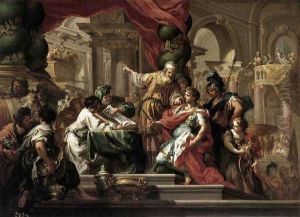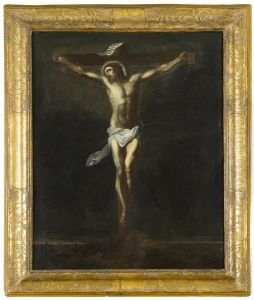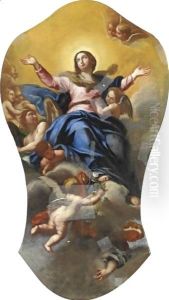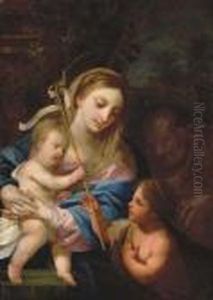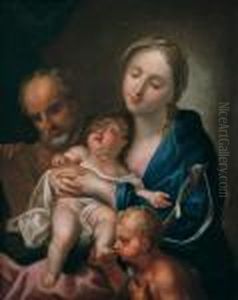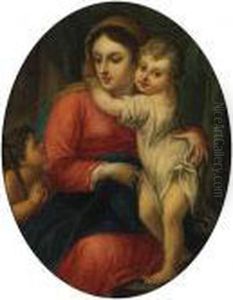





Christ and the Woman taken in Adultery ('Let he who is without sin cast the first stone')
-
About Reproduction
Discover the allure of art with our faithful reproduction of "Christ and the Woman taken in Adultery ('Let he who is without sin cast the first stone')", originally brought to life by the talented Sebastiano Conca. Unlike posters or prints, our hand-painted oil painting breathes an unique sense of depth and texture into your space. Every detail, every stroke, and every texture is meticulously recreated, paying the perfect homage to Sebastiano Conca and his artistic vision.
Owning this piece is more than just decoration - it's a statement of your refined taste in art. Let the vibrant colors and intricate details of this replica serve as a daily reminder of the beauty in our world. Elevate your decor and appreciate the richness of art with our replica of this masterpiece.
-
Painting Description
"Christ and the Woman Taken in Adultery" is a significant religious painting by the Italian artist Sebastiano Conca, created in the early 18th century. This artwork vividly depicts the biblical episode from the Gospel of John (8:1-11), where Jesus intervenes to prevent the stoning of a woman caught in adultery, encapsulating the moment with the profound statement, "Let he who is without sin cast the first stone." Conca, known for his Baroque style, which later transitioned into the Rococo, masterfully captures the dramatic intensity and moral complexity of the scene. The painting is celebrated for its dynamic composition, the emotional depth of its figures, and its luminous color palette, which highlights the central figure of Christ as a beacon of mercy and forgiveness.
Sebastiano Conca (1680-1764) was a prominent figure in Italian painting, with his works highly regarded for their emotional expressiveness and technical skill. Born in Gaeta, he moved to Rome to study and work, where he became a successful painter of religious and mythological subjects, receiving commissions from the highest echelons of the church and aristocracy. "Christ and the Woman Taken in Adultery" stands out in Conca's oeuvre for its poignant portrayal of forgiveness and redemption, themes that resonated deeply within the Christian context of his time and continue to engage contemporary audiences.
While the exact date of the painting's creation is not definitively known, it is generally attributed to the period of Conca's mature style, which suggests a creation date in the first half of the 18th century. The painting's historical and cultural significance is further enhanced by its reflection of the theological and moral debates of the era, serving as a visual representation of the virtues of compassion and non-judgment.
Today, "Christ and the Woman Taken in Adultery" is not only appreciated as a masterpiece of Italian Baroque painting but also as a profound expression of humanistic values. Its enduring appeal lies in its ability to convey timeless messages of empathy, mercy, and the potential for personal transformation, making it a relevant and moving work for diverse audiences across different epochs.
-
Lead Time & Shipping
When you order this oil painting replica, it typically takes 2-3 weeks to paint. If the artwork is more complex, it might need a little more time to ensure the best quality. Once it's ready, we'll send you a photo for your approval. After you give the green light, we'll ship it to you for free.
-
Return & Refund
We believe in the quality of our hand-painted oil painting reproductions, and your satisfaction is our priority. If for any reason, you are not completely satisfied with your purchase, we offer a 45-day return policy. You can return your artwork within 45 days of receipt and receive a full refund. Please note that the artwork must be returned in the original packaging and in the same condition as it was received.








